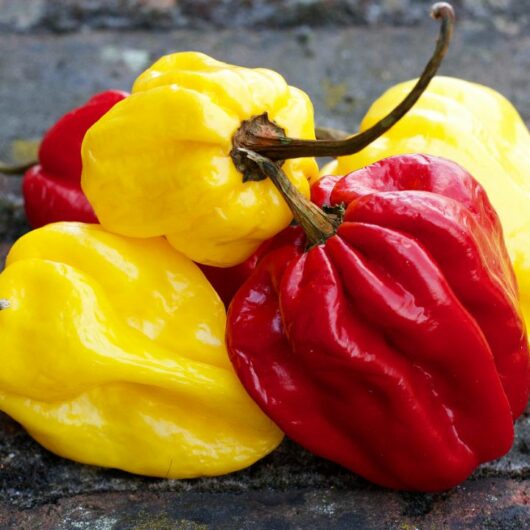When it comes to adding heat to a recipe, you really can’t go wrong with a classic scotch bonnet.
They add plenty of heat for those people that love plenty of spice in their food, and just can’t seem to find it in any restaurants or other meals around them.
Being one of the most popular peppers in the world, it usually isn’t that difficult to find a couple in your local grocers or stores.
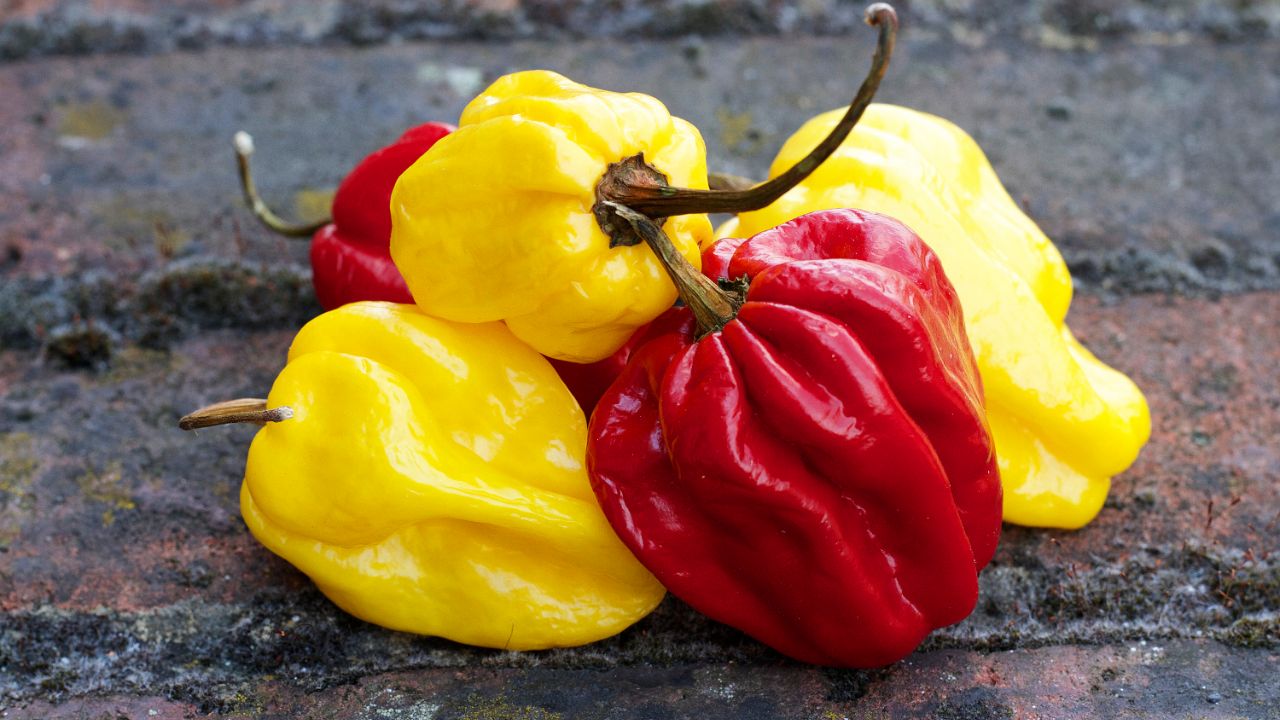
However, it is still technically a pretty obscure vegetable to find, so it isn’t too surprising to go into a store and find that they do not stock this particular pepper of preference.
Or, more likely, the only store that you know stocks scotch bonnets is cleared out by everyone else before you can get your own.
In these situations, what do you do?
Do you give up on your recipe, and go home to eat a mild dish that is the opposite of what you were looking for?
Or, do you do a little searching, and try and find a good alternative for getting that spice in your system?
Hopefully, you’ll want to do the latter!
This guide that we have compiled is the perfect tool for people who love the taste and spiciness of scotch bonnets, and what substitutes they can use instead when these iconic little peppers (see also ‘What To Use Instead Of Piquillo Peppers‘) have run dry.
Scotch Bonnet Pepper Qualities
However, before we start diving into a massive world of spicy chilies and peppers, we should probably first explain the qualities that a good scotch bonnet has.
After all, starting to look for a substitute before you even know what that substitute should be doing is the fastest way to waste time and energy.
Originally from the island of Jamaica, scotch bonnet peppers have become a popular ingredient around the world
Appearance
Generally speaking, a scotch bonnet pepper will look very similar to a classic bell pepper that most people will be familiar with, but with a few key differences.
The first thing that you will notice is the size difference between the two peppers. While the average bell pepper will likely fill up your entire hand, a classic scotch bonnet will usually fit neatly in the palm of your hand.
Another difference that you’ll probably notice is the texture of each pepper. Scotch bonnets tend to appear a little more shriveled than bell peppers, or have more noticeable ridges when looking at them up close.
While scotch bonnets usually are red, it isn’t impossible to find scotch bonnets that are green or yellow.
Taste
In terms of how they taste, scotch bonnets also taste somewhat similar to bell peppers, having that same fruity and tangy flavor that many bell peppers have, whilst also perhaps getting some earthier undertones.
Heat
However, one area where scotch bonnet and bell peppers will not be confused is how spicy they are!
When measuring the spiciness of peppers and chilies, one of the most widely used tools is the Scoville scale, which is how all chili peppers are measured in terms of the spicy heat they generate when eaten.
Whereas the bell pepper measures 0 on this scale, scotch bonnets can measure anywhere from 100,000 to up to 350,000.
Substitutes For Scotch Bonnets
So, when looking for a good scotch bonnet substitute, you need to be primarily looking for heat and taste as your main points of reference.
So, what options are open to you?
1. Habanero Peppers
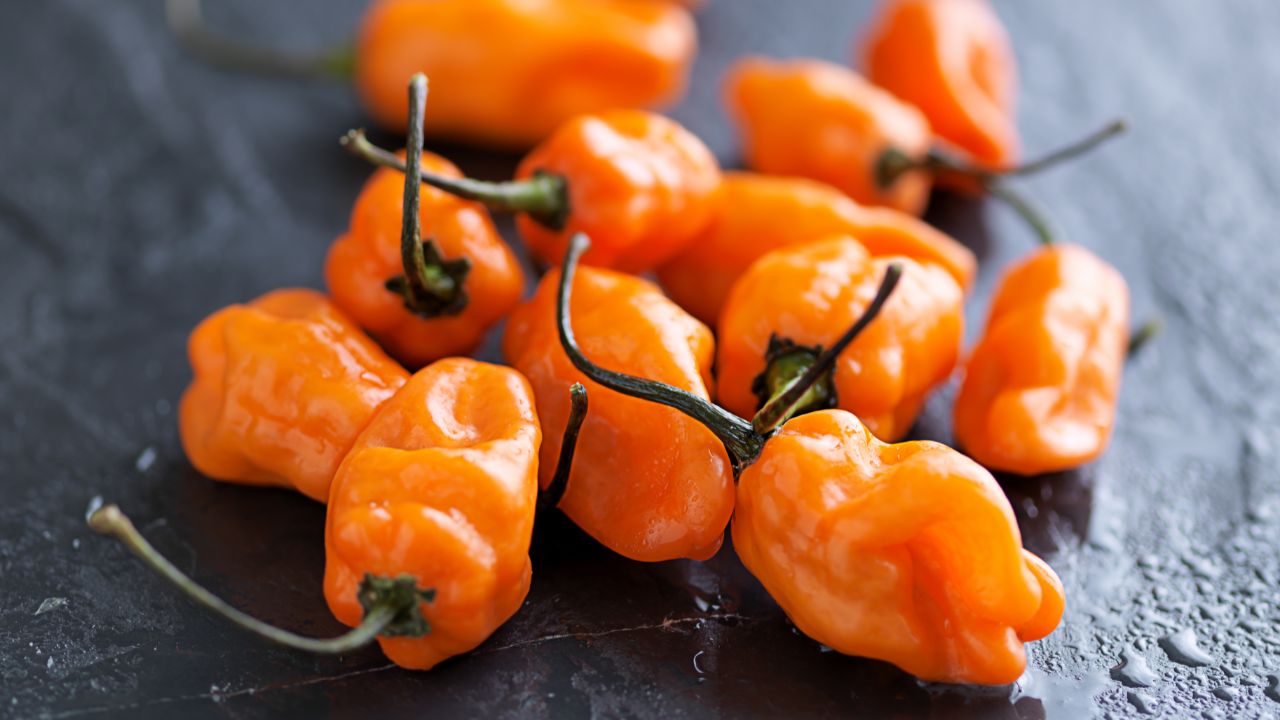
If you’re looking for a chili pepper that will serve as the best substitute for a scotch bonnet, then you should be looking for habanero peppers.
When it comes to spiciness, Habanero (see also ‘Habanero Recipes: 18 Of The Best‘) can go toe-to-toe with virtually any variety or batch of scotch bonnets.
With a Scoville rating of between 100,000 to 350,000, habaneros occupy the same extra-spicy heat range for pepper that scotch bonnets do, making them perfect for adding extra heat to a meal.
Not only that, but habaneros also have a very similar fruity flavor to them once you get past the heat of the chili.
Plus, these chilies are eaten across Mexico and the United States, meaning that they will also be very easy to find and source for yourself, even more than scotch bonnets!
2. Jalapeño Peppers
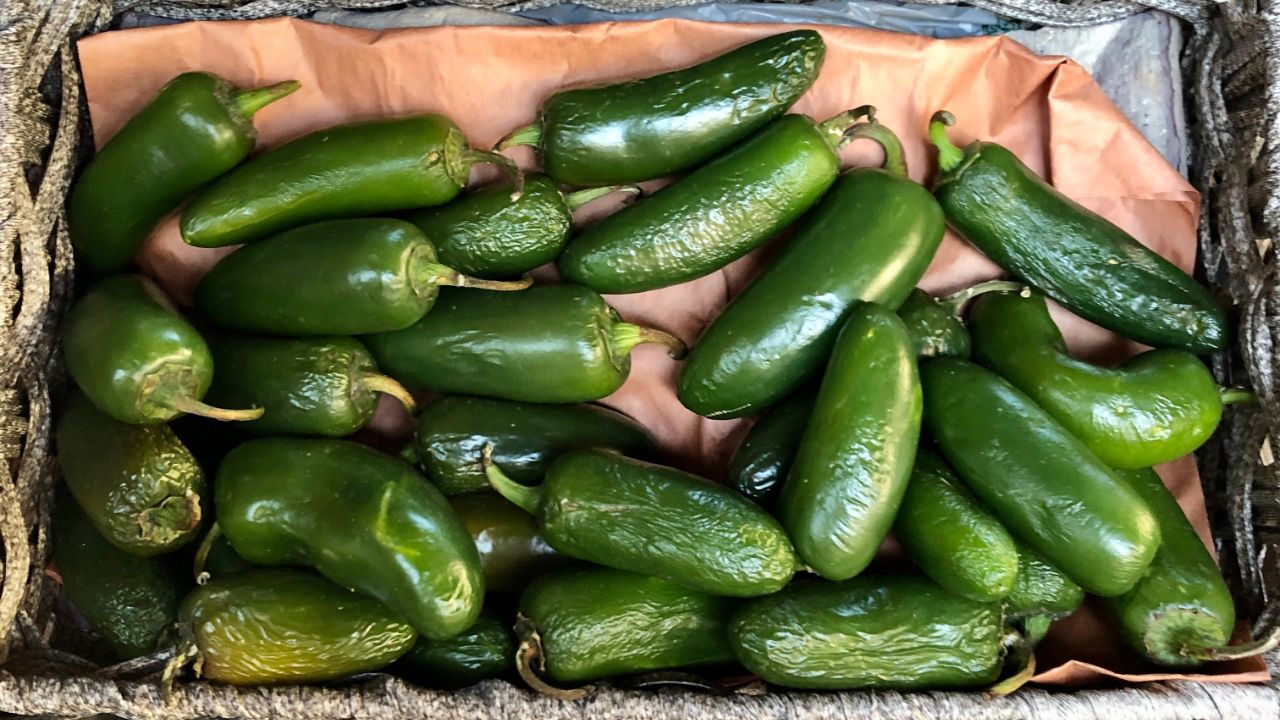
If you want a substitute that you will be guaranteed to find in your local store, then jalapeños will be your chili of choice.
Like habaneros, these chilies are eaten everywhere. Not just in North and Central America, but across the world! So, finding some for yourself should be a cinch!
Plus, these peppers also have a similar flavor to them, with that classic pepper crunch and fruity flavor to boot.
However, one way that they do fall short is in heat. With a Scoville rating of just 1000 to 8000, these peppers do not come anywhere near that searing heat that scotch bonnets have.
You’ll need to add A LOT to your meal to notice them if you normally use scotch bonnets.
However, if heat isn’t a big factor for you in your meal, these peppers will serve you well!
3. Red Cayenne Pepper Powder
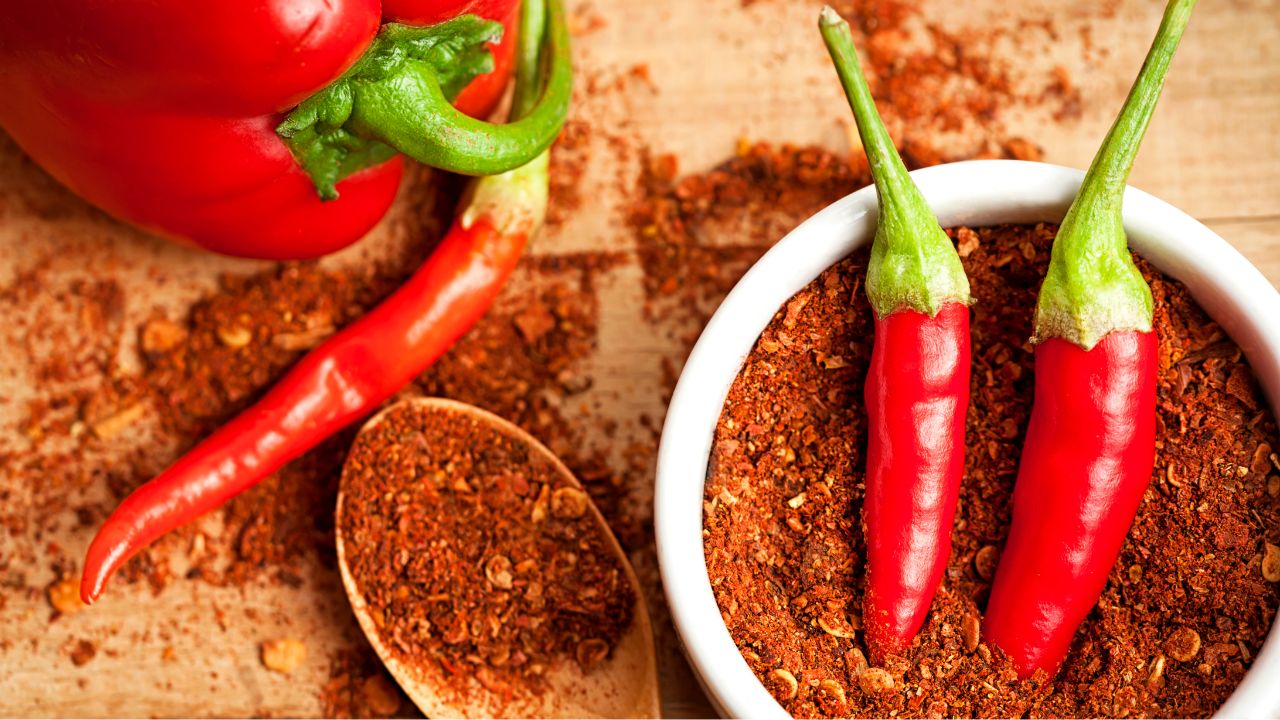
Moving away for a moment from full peppers as your main options, other ingredients can help serve your spicy needs when cooking, such as the massive variety of pepper powders that can be found and bought in many stores.
For this entry, we are simply focusing on red cayenne pepper powder, which is considered quite a hot option when it comes to pepper powders.
At around 40,000 to 45,000, this is certainly not quite as hot as scotch bonnets typically are.
However, the fact that this pepper is in a powdered form means that more of it can be added before the flavor is affected, which helps mitigate that issue when using this substitute for heat.
This powder does have a different texture to scotch bonnet (obviously), and the classic fruity pepper flavor has been replaced with a more earthy, herbal one instead.
However, if you’re looking to add some heat to a recipe, this is a solid alternative that you’ll be able to reach for in a pinch.
4. Rocotillo Pepper
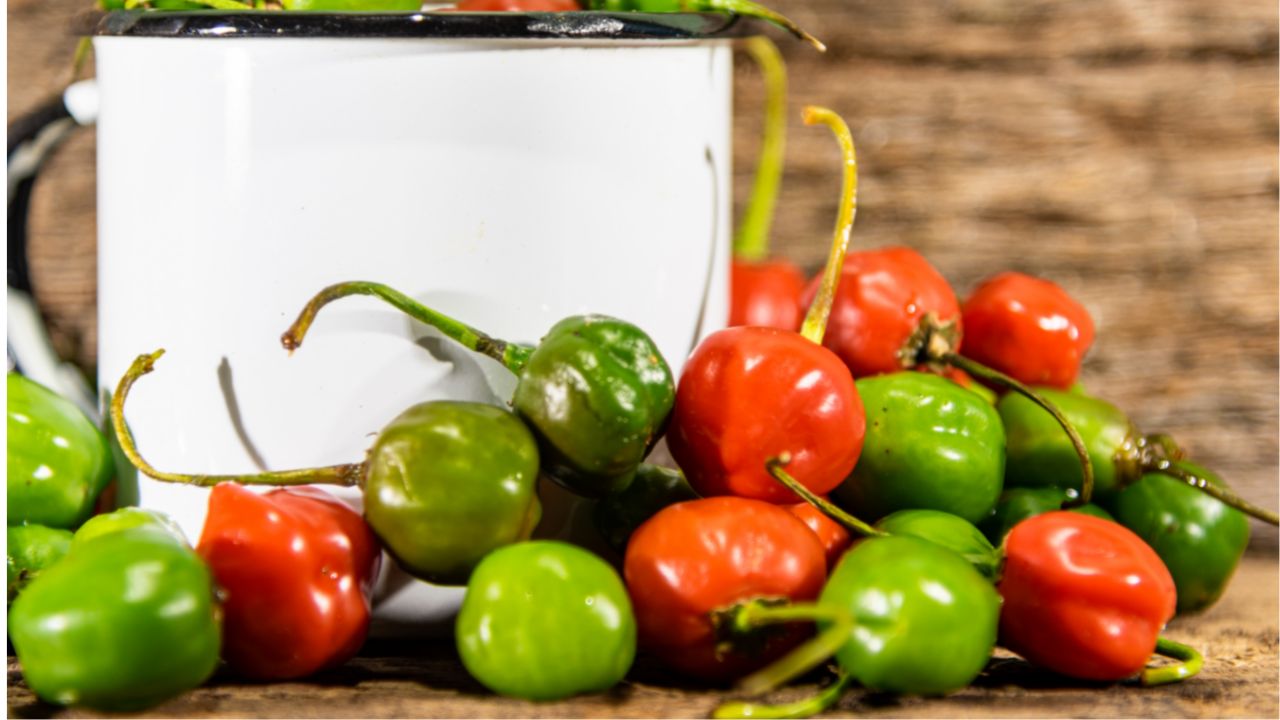
Moving back to peppers once again, we have a somewhat mild variant here with the rocotillo pepper.
This is a relatively rare pepper that is primarily used in Mexico, and may not be as easy to find in the states or elsewhere, certainly less than scotch bonnets.
However, rocotillo peppers do have that classic tangy fruity flavor that peppers are known for, so it will certainly add plenty of good flavor to your dish.
Rocotillo peppers sit around the same benchmark as Jalapeno peppers, at between 1500 to 2500. This means that they are more suited for milder palates.
5. Serrano Pepper
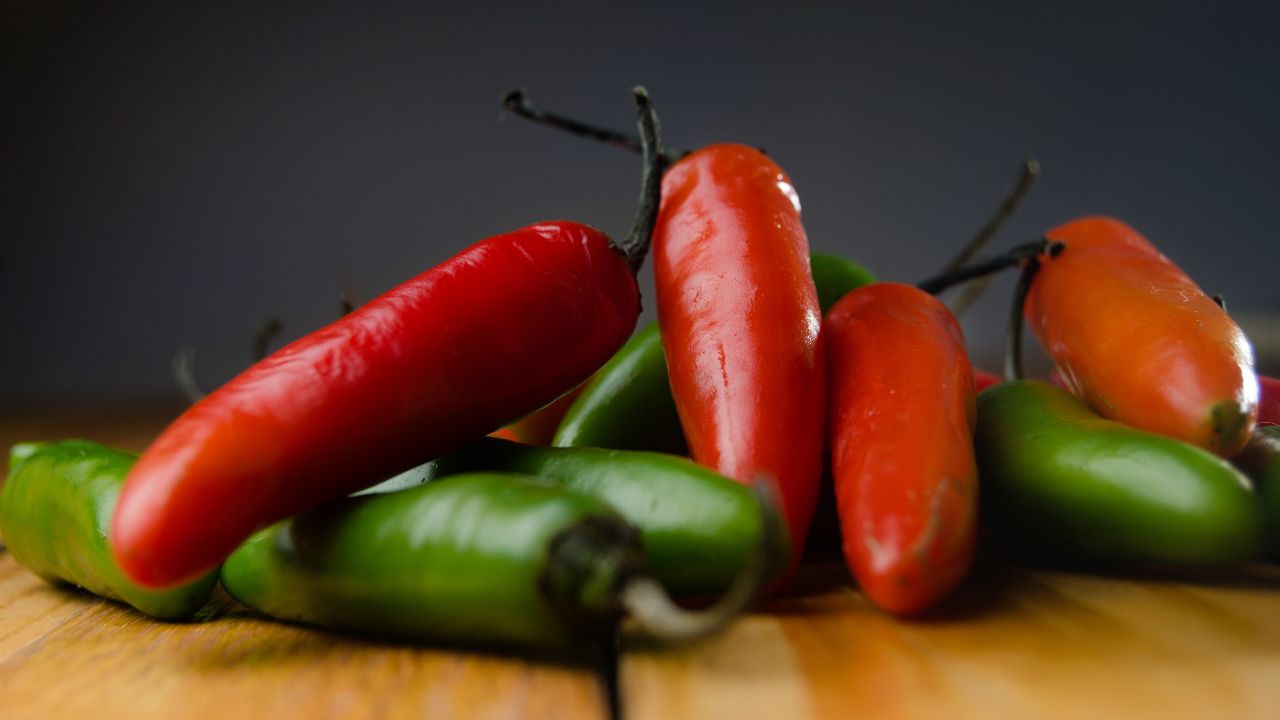
If you’re looking for an intermediary pepper between mild and scotch bonnet-spicy, serrano pepper will be your go-to option.
Hovering around the 10,000 to 15,000 on the Scoville scale, this pepper is noticeably hotter than milder variants but doesn’t come close to scotch bonnets.
However, in a pinch, this fruity pepper will serve you well!
Final Thoughts
As you can see, scotch bonnets are some of the hottest peppers around, and hard to replace. However, these options will help you out in a pinch!
- 15 Traditional Greek Breads - July 31, 2023
- 30 Delicious And Gluten-Free Cookie Recipes - July 29, 2023
- 30 Of The Best European Desserts - July 29, 2023

